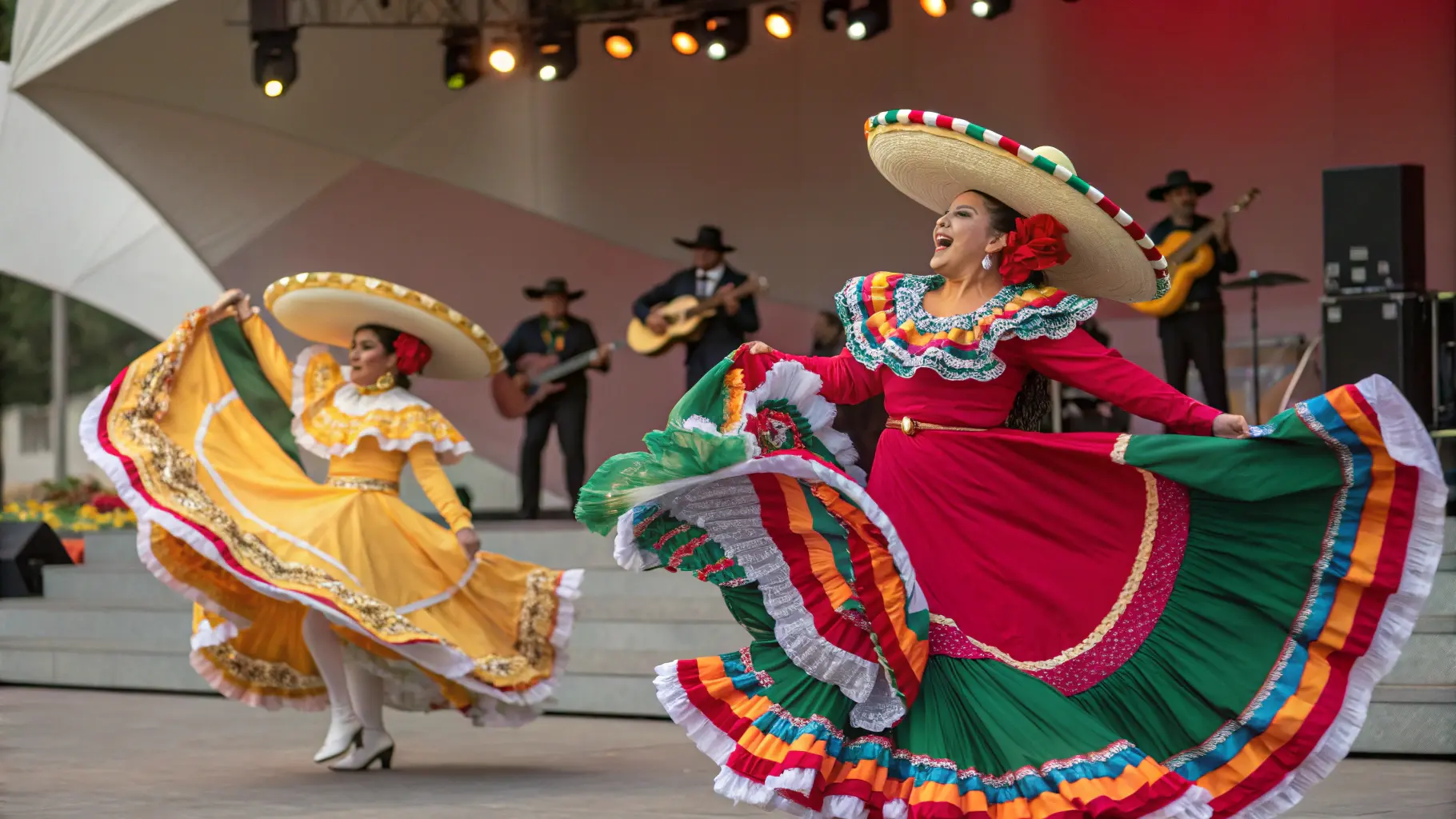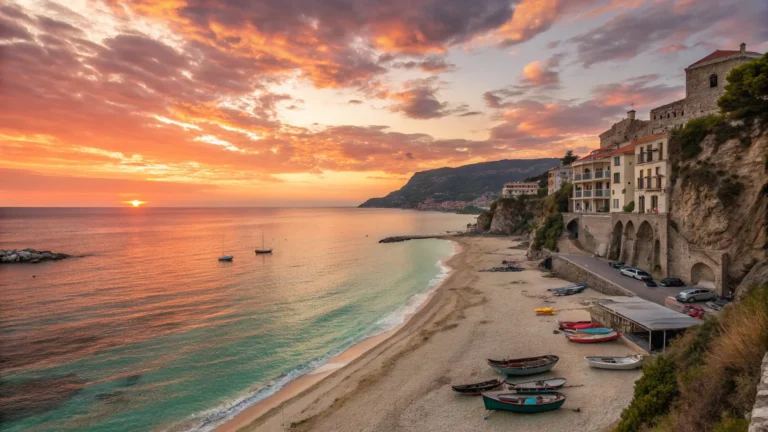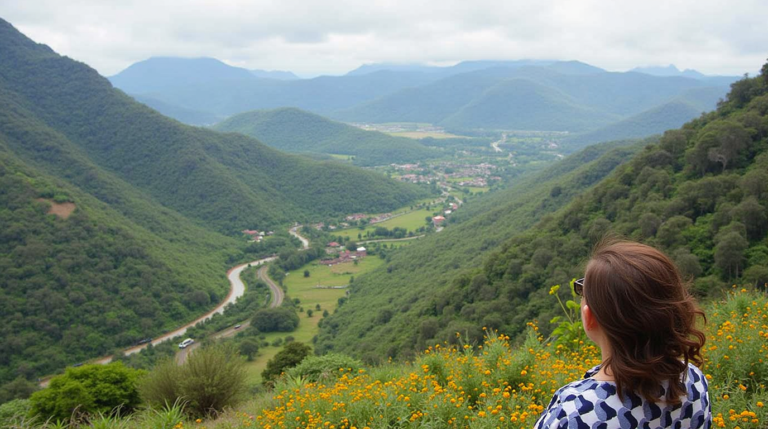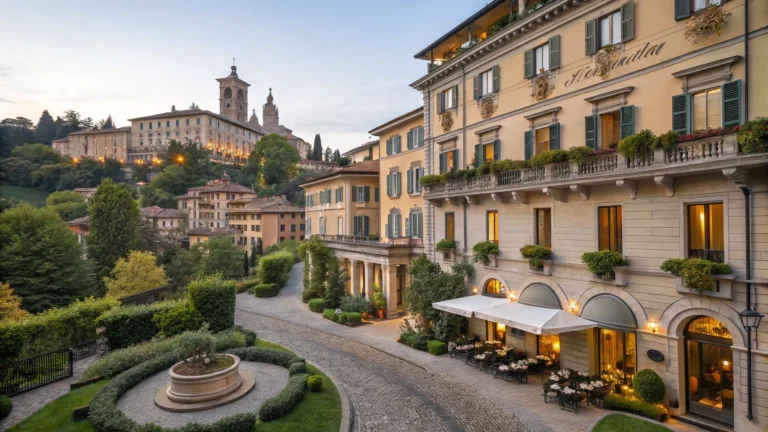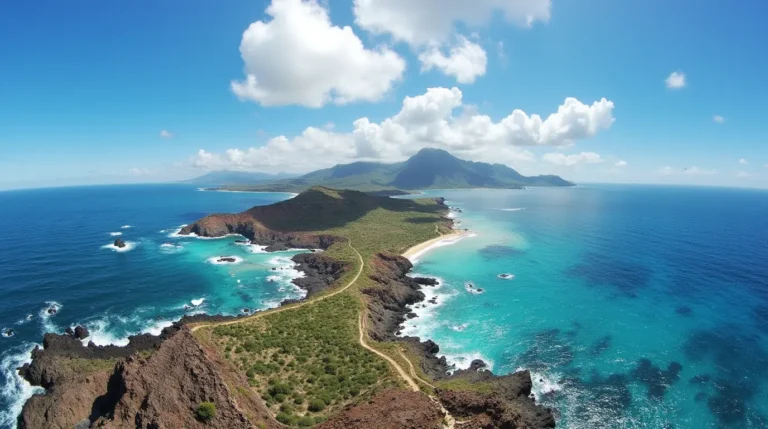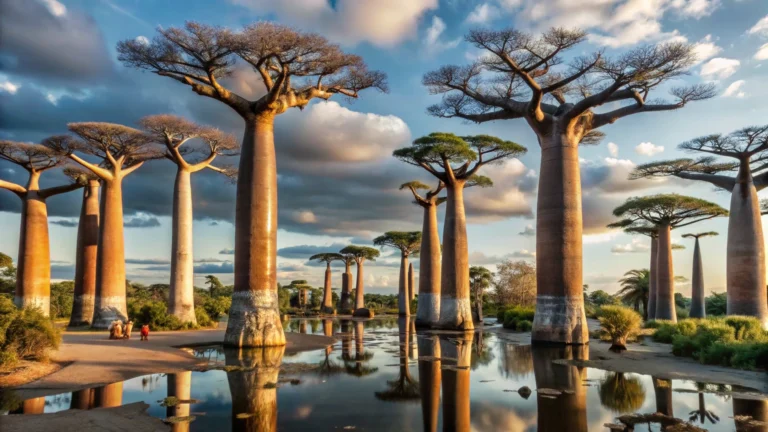9 Mexican Dances That Will Make You Want to Dance
Last updated on June 4th, 2025 at 06:31 pm
Okay, so here’s the thing. I used to be the guy who would literally hide in the bathroom when slow songs came on at weddings. Dancing? Not my thing. At all. I had the coordination of a newborn giraffe and the rhythm of a broken washing machine definitely not ready to try any Mexican dances.
Then my coworker Sofia invited me to her cousin’s wedding last year. I only went because she promised there’d be an open bar and good food. Plus, she said I could leave early if I wanted. Perfect plan, right?
Wrong. So wrong.
The wedding was at this community center in East LA, and when I walked in, there were probably 200 people packed into this room that should’ve held maybe 100. The music was already going, and people were dancing like their lives depended on it. Not the awkward shuffle-dancing you see at most weddings. Real dancing. With actual steps and everything.
I found a corner table, grabbed a beer, and settled in to people-watch. That’s when I saw this elderly couple – had to be in their seventies – absolutely tearing up the dance floor. The woman’s dress was spinning like a tornado, and the guy’s feet were moving so fast I couldn’t even follow them. But here’s the crazy part: they were both grinning like teenagers.
Something about watching them made my chest feel tight. Like I was missing out on some secret that everyone else knew.
Then Sofia’s aunt Elena grabbed my hand. “Ven acá, mijo,” she said, already pulling me toward the dancers. “You can’t just sit there all night.”
I tried to protest, but she wasn’t having it. Next thing I knew, I was stumbling through my first attempt at Mexican folk dancing, stepping on Elena’s toes every few seconds and apologizing constantly. But you know what? She just laughed and kept teaching me.
That night changed everything. These dances aren’t just something you watch – they pull you in whether you want them to or not. Even someone like me, who avoided dancing like the plague, couldn’t resist the energy.
So yeah, now I’m that guy who actually looks forward to the dancing part of parties. And I’m about to tell you about nine Mexican dances that will probably do the same thing to you, whether you think you want to dance or not.
Table of Contents
Why Mexican Dances Hit Different Than Everything Else
Mexican folk dancing isn’t like the stuff you see on TV or at regular clubs. There’s something raw and real about it that gets to you on a gut level.
These dances have been around for centuries, carrying stories from generation to generation. They’re not just pretty movements – they’re pieces of living history. Indigenous traditions mixed with Spanish influences, African rhythms blended with European steps, all creating something that’s uniquely Mexican.
What got me hooked right away:
- Nobody expects you to be perfect – they just want you to try
- Every dance tells a story you can feel even if you don’t understand the words
- The music gets stuck in your head for weeks (trust me on this)
- The costumes are absolutely incredible
- Everyone’s welcome, even terrible dancers like me
The best part? These dances were made for regular people, not professional performers. They were created in villages and towns by folks who just wanted to celebrate life.
Nine Dances That Turned Me Into a Believer
Jarabe Tapatío – The One That Started It All
This is the dance that hooked me at that wedding. The Jarabe Tapatío, which everyone calls the Mexican Hat Dance, is basically Mexico’s most famous export after tacos.
It started in Guadalajara back in the 1800s and became the country’s national dance in 1924. The whole thing is a love story played out through movement – a cowboy trying to win over a woman, ending with both of them dancing around his sombrero on the ground.
The footwork is called zapateado, and it sounds like machine gun fire when done right. The dancers create their own beat with their feet while acting out this flirtation. I practiced the basic pattern for a month, and my downstairs neighbors probably thought I was renovating my apartment with a jackhammer.
But when you finally nail it? Man, it feels amazing.
Why it’s perfect for beginners:
- The basic steps aren’t rocket science
- You can dance it alone if you want
- Everyone recognizes it, so you’ll always have an audience
- The traditional costumes will make you feel like a movie star
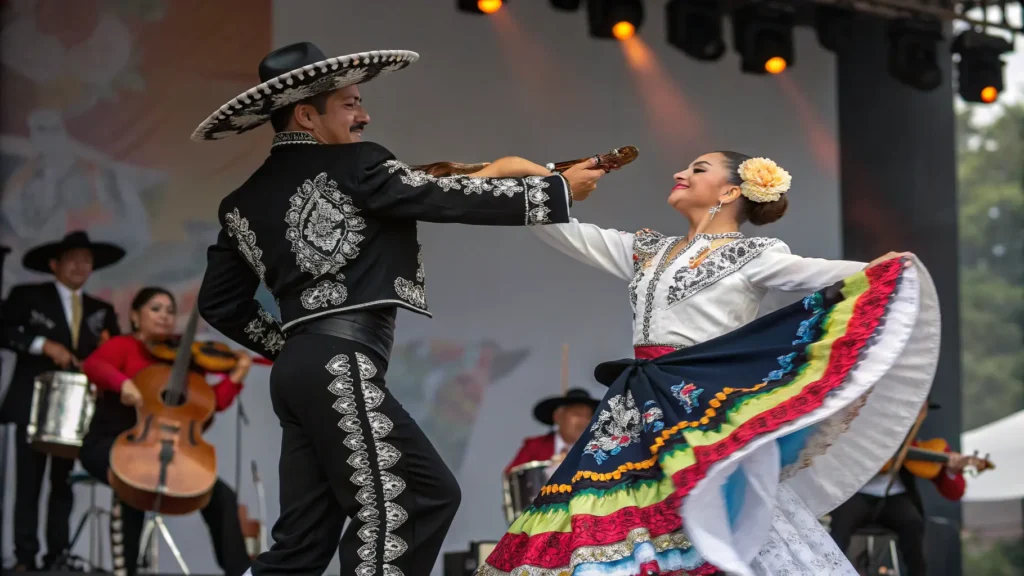

Danza de los Voladores – This Will Mess With Your Head
Alright, this one is completely nuts. The Danza de los Voladores isn’t something you learn at your local community college. It’s more like watching a circus act mixed with ancient religious ceremony.
Five men climb a 100-foot pole. Four of them tie ropes around their waists and literally jump off, spinning through the air as they descend. The fifth guy stays at the top, playing flute and drum while balancing on a platform smaller than a pizza box.
I saw this performed in Papantla, and I’m not ashamed to admit I got dizzy just watching. The Totonac people have been doing this for over a thousand years. Each flyer represents a cardinal direction, spinning exactly 13 times – the total of 52 matches the years in their ancient calendar.
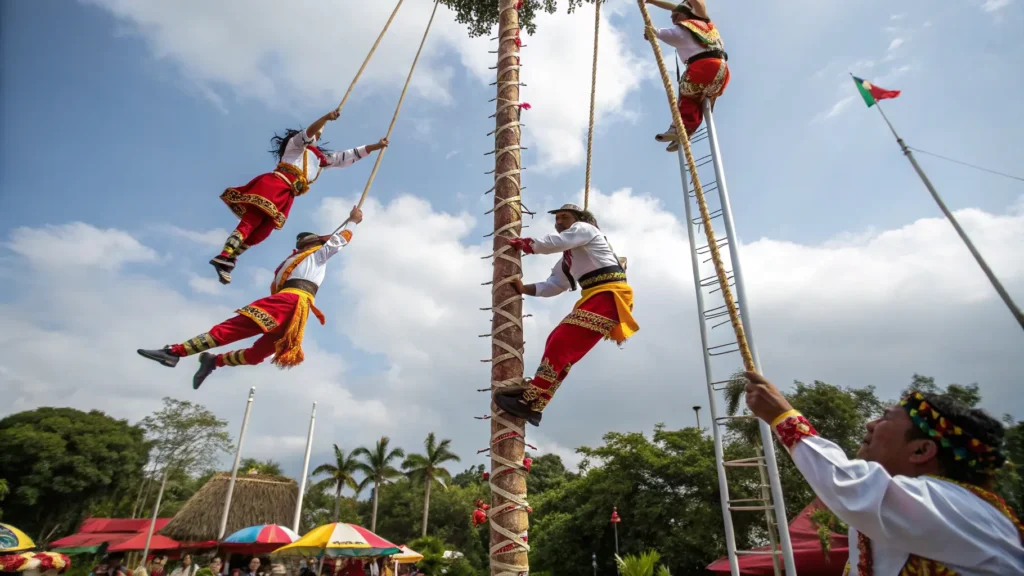

UNESCO put it on their heritage list because it’s that important. And after seeing it live, I totally get why. It’s scary and beautiful and spiritual all rolled into one death-defying performance.
Baile Folklórico – Mexico’s Greatest Hits Collection
If you want to see all of Mexico’s dance styles without traveling to every state, Baile Folklórico is your ticket. It’s basically a compilation album in dance form – professional groups performing regional dances from all over the country.
I’ve been to maybe a dozen of these shows, and they’re never boring. You’ll see the butterfly dance from Michoacán, then coastal dances from Veracruz, followed by ranch dances from up north. The costume changes happen so fast you wonder if they’ve got a pit crew backstage.
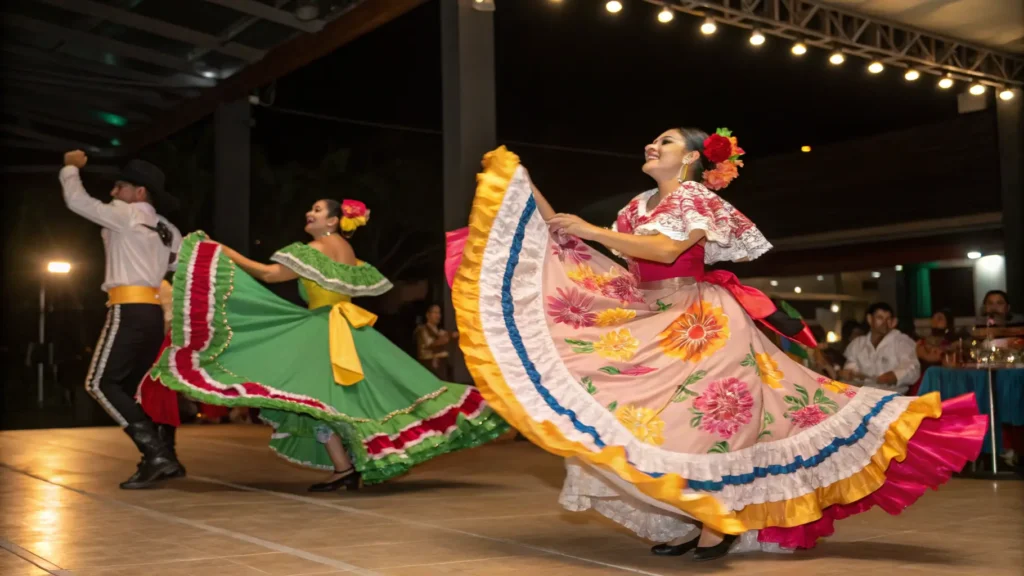

Each region has its own flavor, its own story to tell through movement. It’s like getting a geography lesson through dance, except way more fun than actual geography class ever was.
La Bamba – More Than Just That Song
Everyone knows Ritchie Valens’ version, but the real La Bamba from Veracruz is a completely different animal. It comes from the Son Jarocho tradition, where entire communities would gather for fandangos – basically all-night dance parties.
Here’s the cool part: anyone could jump in and start singing improvised verses while couples danced on wooden platforms. The platforms amplified every step, so the dancing became part of the music. No professional training required – just the willingness to participate.
I went to a traditional fandango in Tlacotalpan once, and it was like nothing I’d ever experienced. People of all ages taking turns, making up lyrics on the spot, dancing until sunrise. Pure community celebration.
Danza de los Concheros – Ancient Spirits Come Alive
This dance gives me goosebumps every time. The Danza de los Concheros is like watching Aztec warriors come back to life. It carries pre-Hispanic spiritual traditions straight into the modern world.
The dancers wear massive feathered headdresses and shell ankle rattles that create this hypnotic sound with every movement. They dance in formations representing the four directions, honoring earth, air, fire, and water.
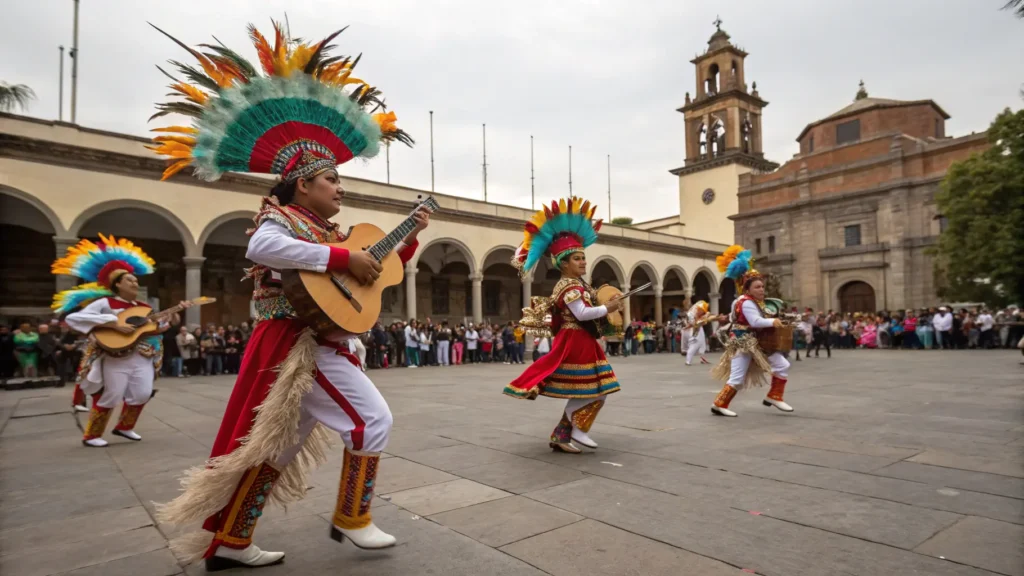

This isn’t casual weekend workshop material. You need to understand the spiritual significance and usually get welcomed into a conchero group. But watching it is like time travel – you’re seeing Mexico’s ancient soul expressing itself through human bodies.
Polka Norteña – When Germany Crashed the Party
Here’s something that blew my mind: one of Mexico’s most beloved dance styles started with German immigrants! In the late 1800s, Germans and Czechs brought polka music to northern Mexico, where it mixed with local traditions.
The result is Polka Norteña – bouncy, accordion-driven music perfect for celebrations. It’s huge at weddings and quinceañeras up north. The steps are pretty simple, but the happiness is absolutely contagious.


What’s amazing is how completely Mexican this “foreign” dance became. It shows how culture evolves, how traditions blend to create something totally new while keeping the celebratory spirit alive.
Zapateado Veracruzano – Footwork That’ll Blow Your Mind
If you think Irish step dancing is impressive, Zapateado Veracruzano will make your jaw hit the floor. This is percussion created entirely with human feet, performed on wooden platforms that amplify every tap.
The skill required is absolutely insane. Perfect timing, incredible leg strength, intuitive understanding of complex rhythms. When done right, it’s like watching music become visible.
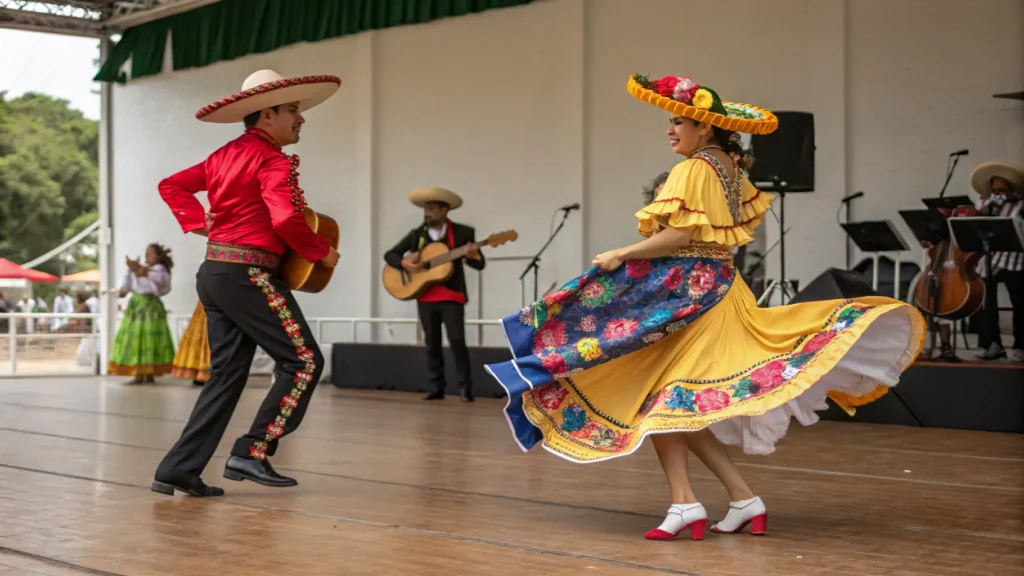

I took a workshop in Veracruz thinking I could handle it. After ten minutes, my legs were shaking and I had newfound respect for anyone who makes this look effortless. Definitely not beginner-friendly, but incredible to watch.
Danza de los Diablos – Pure Explosive Energy
This Afro-Mexican dance from the Costa Chica is like being hit by a joyful lightning bolt. Dancers wear elaborate devil masks and perform acrobatic moves during carnival and religious festivals.
It represents cultural pride and resistance for Afro-Mexican communities. It’s loud, proud, and completely destroys any separation between performers and audience. The dancers flip, spin, jump, and pull people into the celebration.
Watching it is like being caught in the best kind of chaos – pure energy and happiness that you can’t help but absorb.
Danza de Matachines – Where Sacred Meets Celebration
Our last dance beautifully blends Spanish Catholic and indigenous traditions. The Danza de Matachines happens during religious feast days, honoring patron saints and celebrating Christmas.
Dancers wear bright ribbons and feathers, moving in precise patterns that tell religious stories. You’ll find versions throughout Mexico and even in New Mexico and Colorado, showing how these traditions traveled and adapted.
It’s beautiful how this dance represents Mexico itself – different cultures coming together to create something entirely new and meaningful.
Ready to Stop Being a Wallflower?
Feeling that itch to try it yourself? Here’s what I wish someone had told me when I started:
Where to actually learn:
- Community cultural centers (cheapest and most authentic)
- Dance studios with folk programs
- Mexican cultural organizations
- YouTube for basic steps (though nothing beats in-person instruction)
- Local festivals that offer beginner workshops
What you actually need:
- Comfortable shoes (sneakers work fine)
- Clothes you can move in
- Thick skin for when you mess up
- Respect for what these dances mean to people
Real talk: I was terrible for months. My timing was off, my footwork was sloppy, and I probably looked like I was having some kind of seizure. But everyone was patient and encouraging because they remembered being beginners too.
The secret isn’t being good – it’s being enthusiastic and respectful.
Why This Changed My Life (No, Really)
Learning Mexican dances gave me way more than just some moves to bust out at parties:
- Best workout I’ve ever found (and I actually enjoy it)
- Learned more Mexican history than I ever did in school
- Found an incredibly welcoming community
- Discovered that moving to music is basically therapy
- Gained confidence I never knew I had
But the biggest thing? I stopped being afraid of looking stupid. When you’re learning zapateado and everyone can hear every mistake you make, you get over embarrassment pretty quickly. That confidence carries over into everything else.
Time to Get Moving
These nine dances barely scratch the surface of Mexico’s incredible dance heritage, but they’re perfect for getting started. Each one opens a window into Mexican culture, history, and the basic human need to move our bodies to music.
You don’t need rhythm, years of training, or perfect coordination. Mexican folk dances welcome everyone – beginners, experts, and everyone in between. What matters is showing up with an open mind and willingness to try something new.
Pick whatever dance speaks to you. Maybe it’s the romantic storytelling of Jarabe Tapatío, or the spiritual power of Danza de los Concheros. Go with your gut.
Remember, every incredible dancer started as a complete beginner. The only difference between them and you is they took that first terrifying step onto the dance floor.
Which dance caught your eye? Have you tried any Mexican folk dancing, or are you thinking about giving it a shot? Drop a comment and let me know – I love hearing about other people’s dance adventures, especially the epic fails and unexpected victories that come with learning something completely outside your comfort zone!

